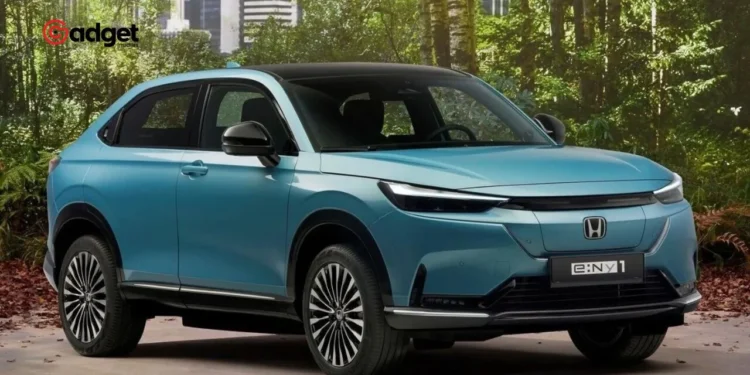Amid the hustle of the 2023 Los Angeles Auto Show, the all-new, all-electric Honda Prologue stood out, symbolizing a major shift for Honda Motor Company. As the automotive industry navigates a gradual transition from combustible engines to electric vehicles (EVs), the company is asserting itself as a proactive player in North America, contrasting starkly with other manufacturers who are pulling back on their EV investments.
Bob Nelson, Executive Vice President of American Honda Motor Co., emphasized the company’s commitment, “The $700 million investment in Ohio gives us the flexibility to produce both internal combustion engine and battery electric vehicles on the same line.
This smart strategy helps us adjust as the market grows.” This strategic flexibility is crucial in an industry facing uncertainty about consumer demand and the cost of developing new technology.
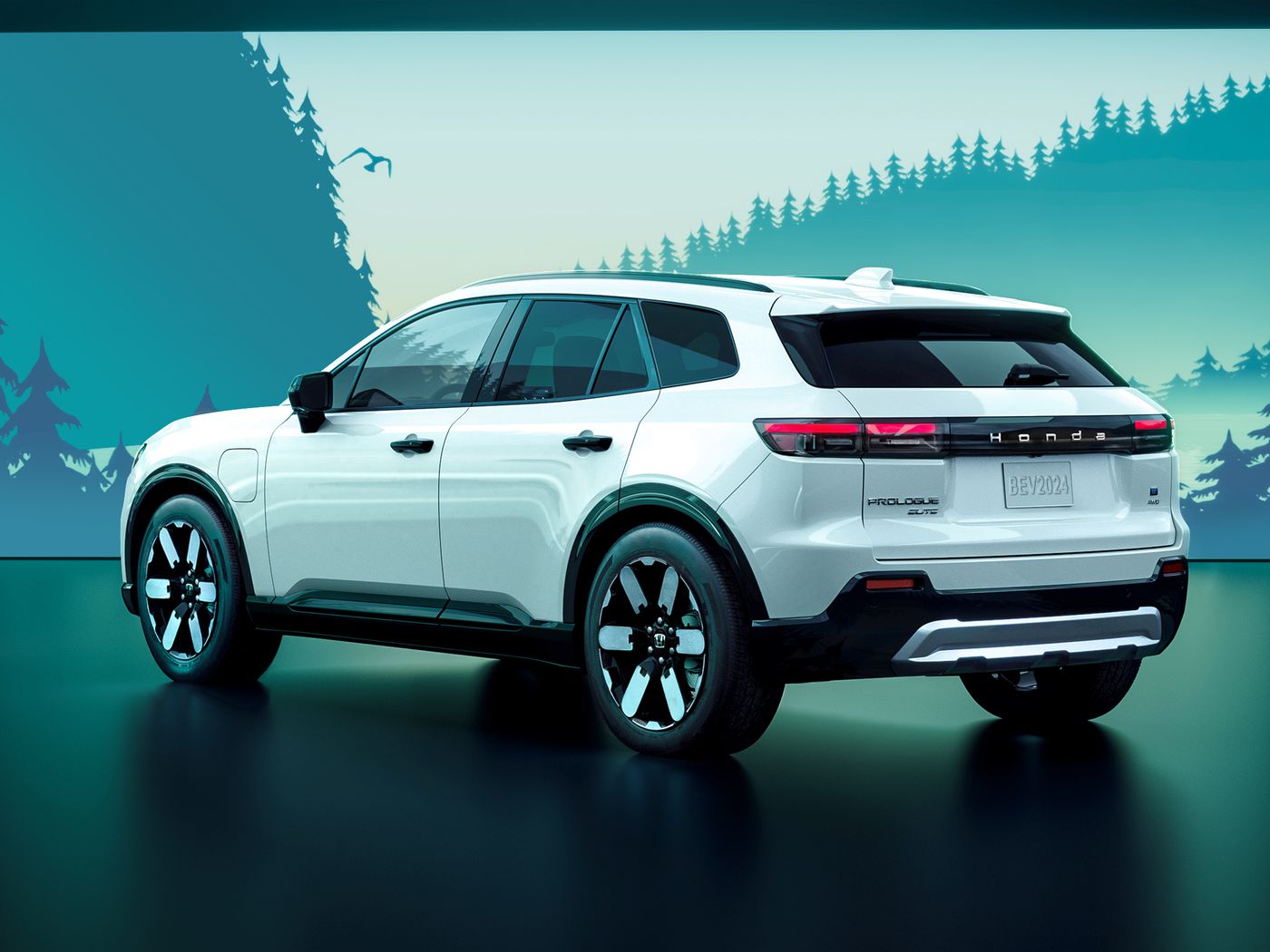
Honda’s Comprehensive EV Investment
This year, Honda announced significant investments, including an $11 billion initiative to establish a Canadian EV hub, termed a “comprehensive EV value chain.” The initiative is part of a broader transformation in the company’s operations, including a shift in Ohio to bolster EV production capabilities.
Despite some manufacturers dialing back their EV plans due to financial pressures and market unpredictability, the company is doubling down. Nelson further detailed, “Having all functions and experience here enhances our ability to develop EV capabilities, which will be utilized globally as we expand our EV footprint.”
Honda’s goal is ambitious: 80% of its vehicle lineup to be EVs by 2035, progressing to a 100% electric fleet by 2040.
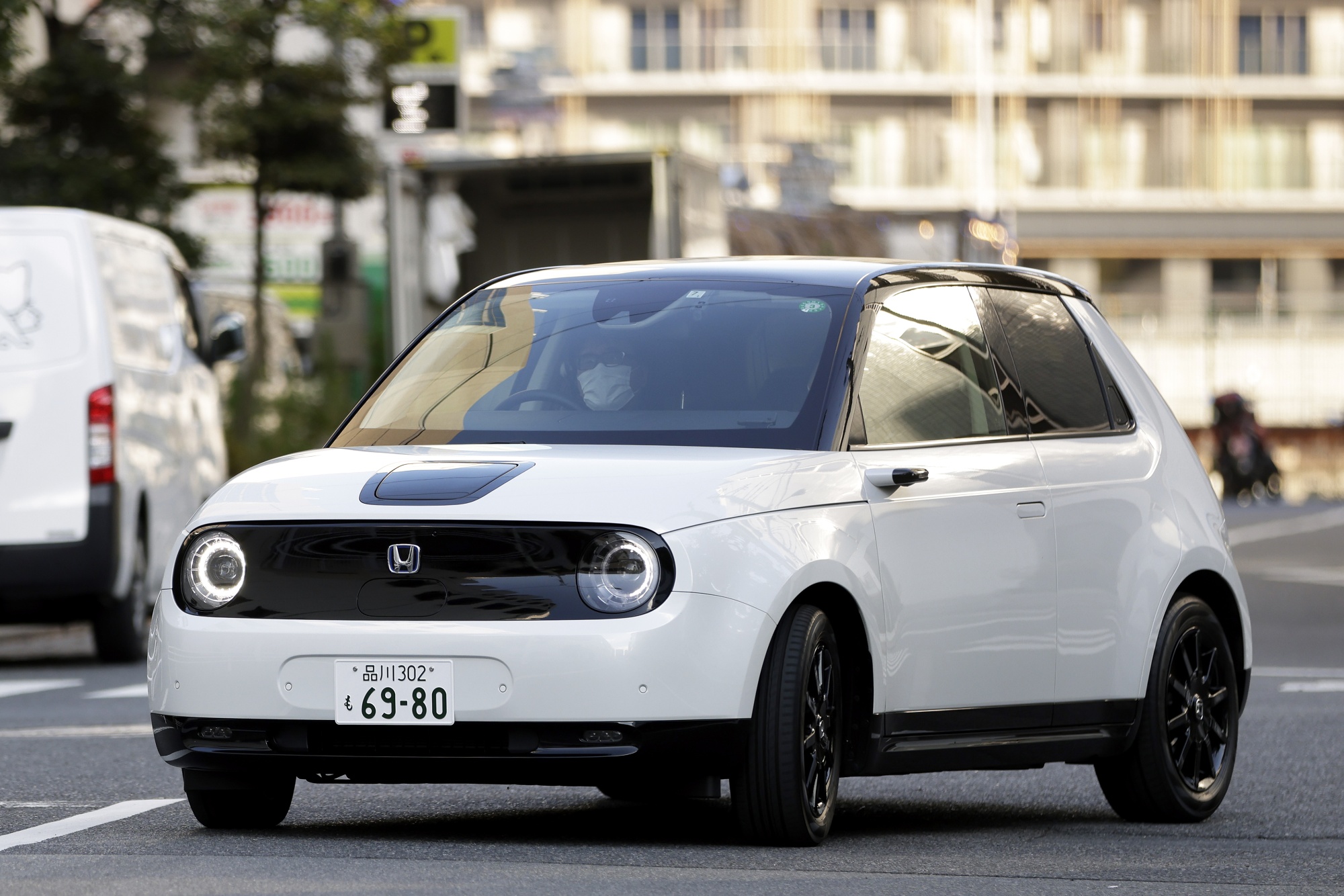
Industry Perspectives on Honda’s EV Strategy
While Honda’s accelerated push into EVs may seem like a game of catch-up, industry analysts see it as a necessary and bold move. Cliff Banks, founder of the Banks Report, noted, “They are catching up and getting into the game for sure.” However, Banks also expressed skepticism about the longevity of these aggressive plans, highlighting the enormous costs and logistical challenges involved in such transitions.
Jenni Newman, editor at Cars.com, views the company’s strategy as potentially filling a gap left by others, “It’s not chaos, but it’s close. The company’s entrance into the EV market could stabilize or even invigorate the sector.” Honda’s collaboration with GM on the Prologue, using a Chevy Blazer design, exemplifies strategic partnerships that leverage existing design and infrastructure to speed up EV production.
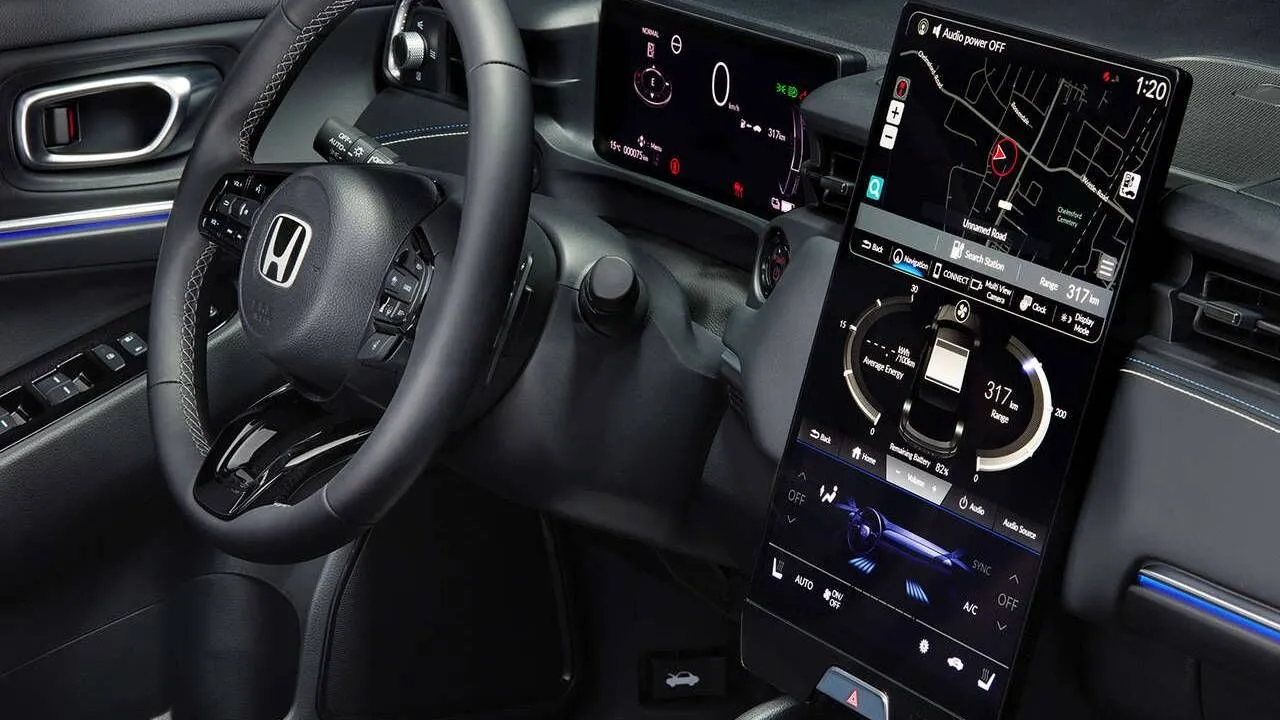
The Market Reaction and Future Outlook
Despite ambitious announcements, the road ahead for Honda is fraught with challenges. The EV market has seen fluctuating sales, with recent surges in demand possibly driven by enhanced government incentives and reductions in EV prices. Yet, consumer hesitation remains a significant barrier, influenced by economic factors and political ideologies.
Jessica Caldwell, Head of Insights at Edmunds, points out that while the company is well-regarded among consumers, the overall interest in EVs is tepid, “There’s a portion of the public that has decided EVs are just not for them, often reflecting broader political divides.”
This sentiment poses a considerable challenge for the Japanese Automobile brand and other automakers striving to broaden their market share in the EV space.
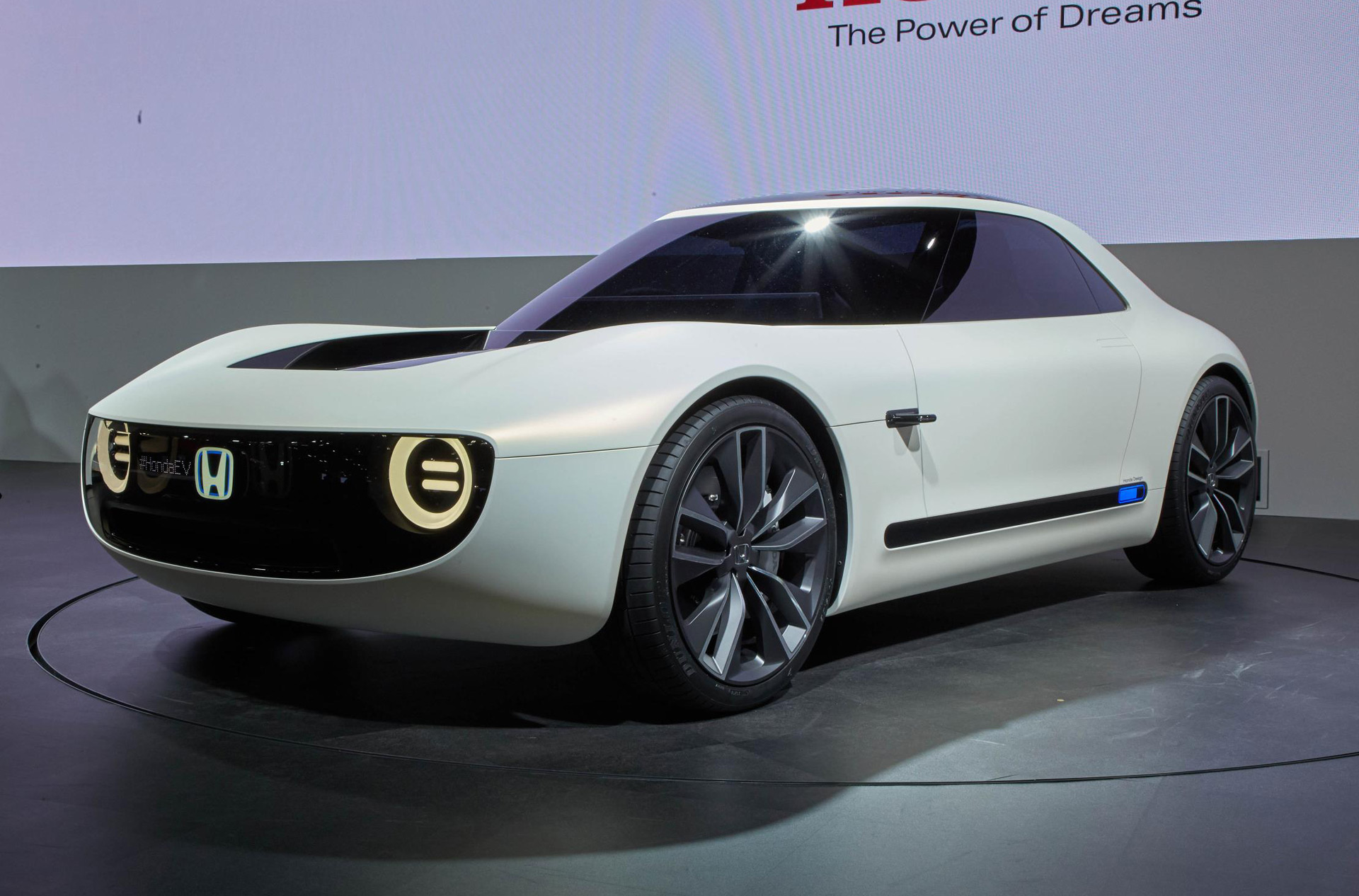
Looking Forward
As Honda strides forward with its robust EV strategy, it aims not only to meet future environmental standards but also to carve a niche in a rapidly evolving market. By leveraging its brand trust and innovative investments, the company seeks to not only participate in the EV conversation but to lead it.
Whether this will translate into sustained market success remains to be seen, but for now, Honda’s electric dreams are charging ahead at full speed.

